Everyone knows this weedy wonder.
Many are beginning to wake up to their healing benefits, despite the lawn cultivating culture that deems this plant public enemy #1 and a primary target of poisonous endocrine-disrupting herbicides.
I say, stop the war and let the weeds win.
There’s a big reward in that kind of surrender.
A reward of health, not just because we aren’t poisoning the soil and water (and ourselves) with chemicals, but because of the nutrient density and medicinal properties of many of the weeds.
It’s interesting that on a spiritual and energetic level, Dandelion affects the solar plexus center, the place of identity, will, and action. I say this because, we have the will to shift our relationship with plants we may not see the value of. We have the will to find the beauty and gifts in these plants.
Dandelion is also a plant of wishes. It is a rare individual who has not blown on a fluff of Dandelion seeds to make a wish. My wish is that we all understand the value and wisdom of the wild and weedy ones. Especially those who make decisions about using weed killer or not!
(You might be very happy to learn that NYC Parks Department stopped spraying herbicides, thanks to a group of elementary school kids’ dedication, wishes, and will!)
I’ve written about Dandelion a few times before.
This is one of the plants that I mark the seasons by, that I feel the turning of the wheel of the year with, that I incorporate into my life on a regular basis.
In the following video I’ll share a bit more about this plant’s magical attributes and we’ll go on a journey with them to our inner sun.
Enjoy the video! Please like, share, comment, and all that good stuff.





























